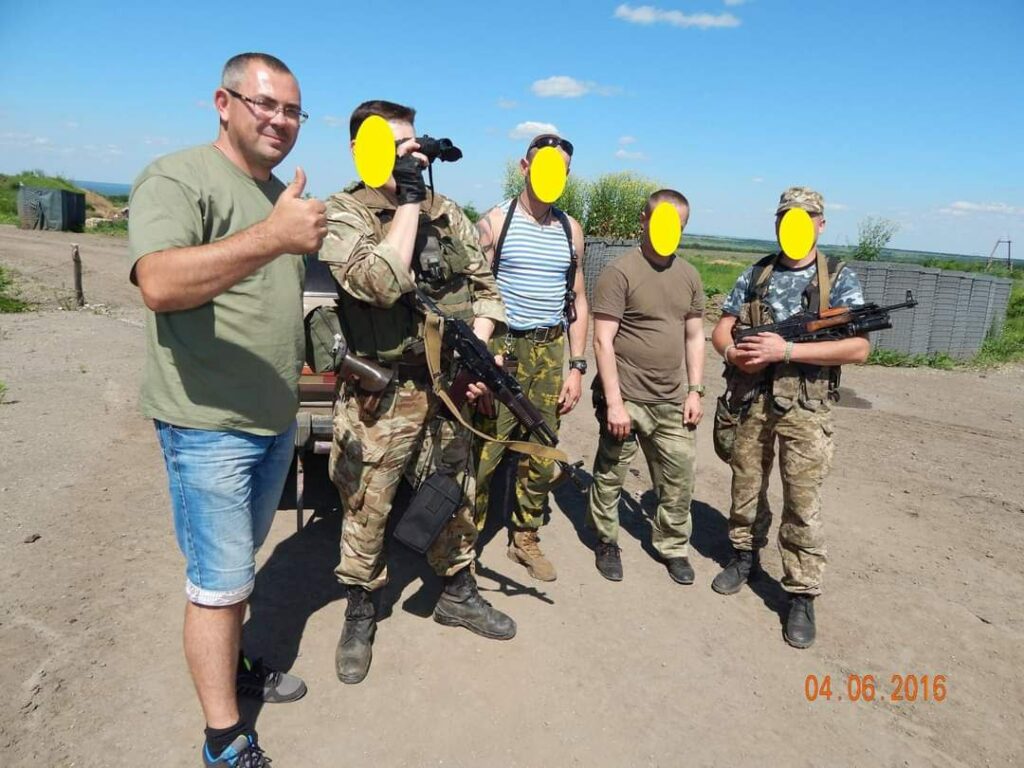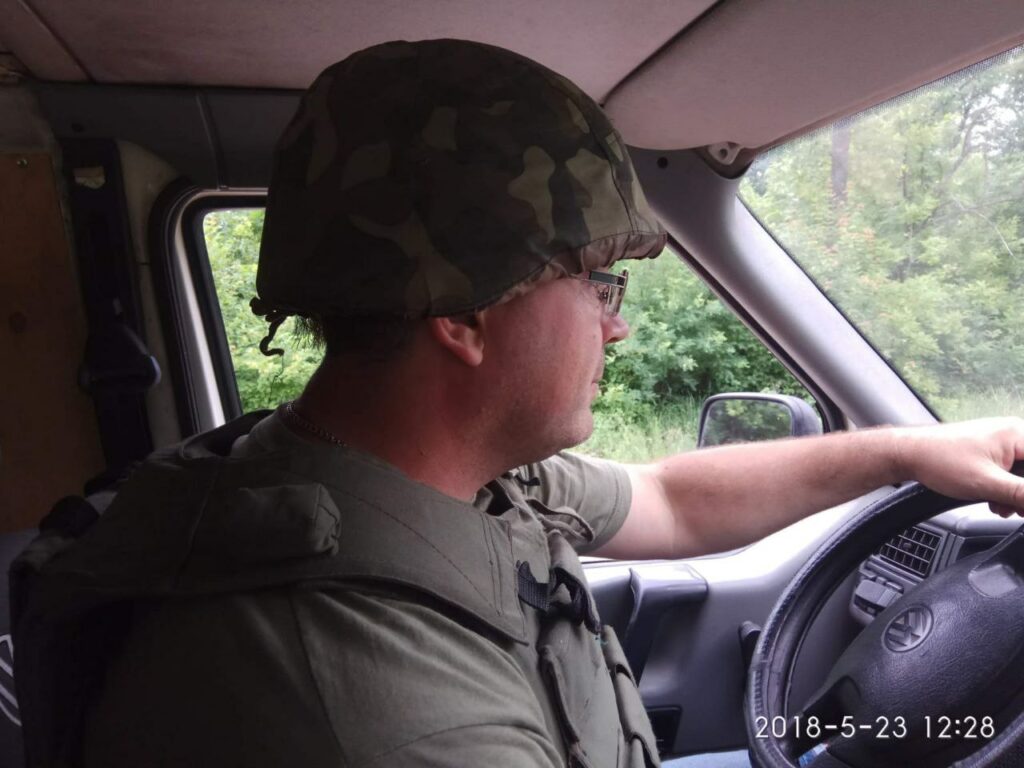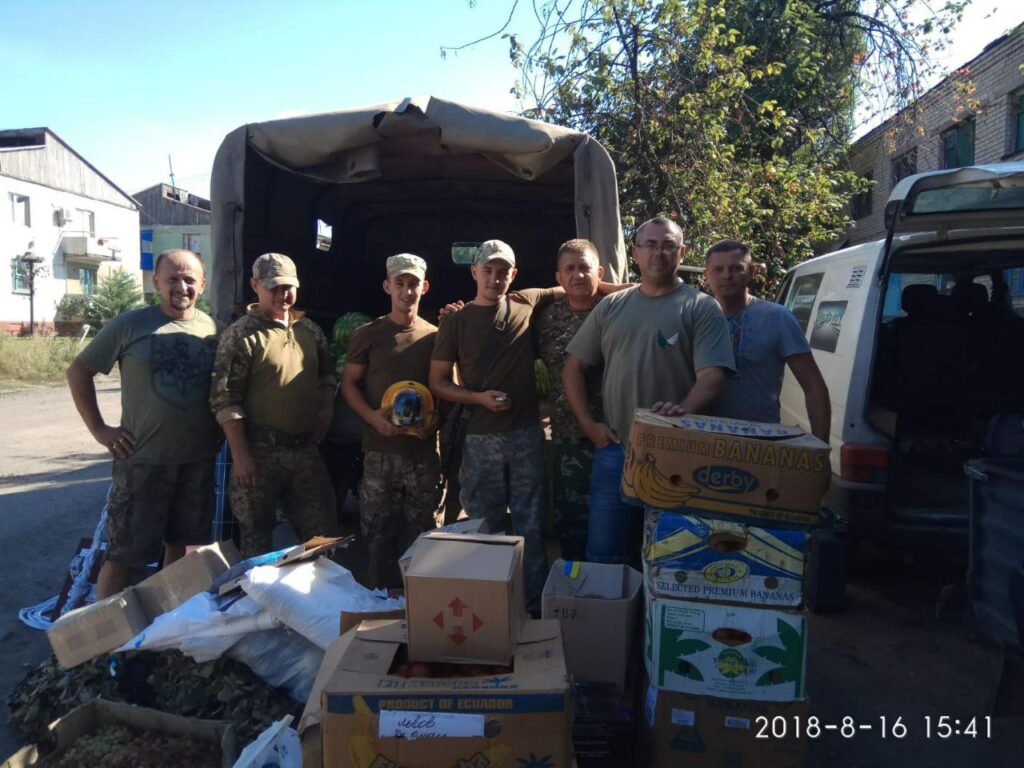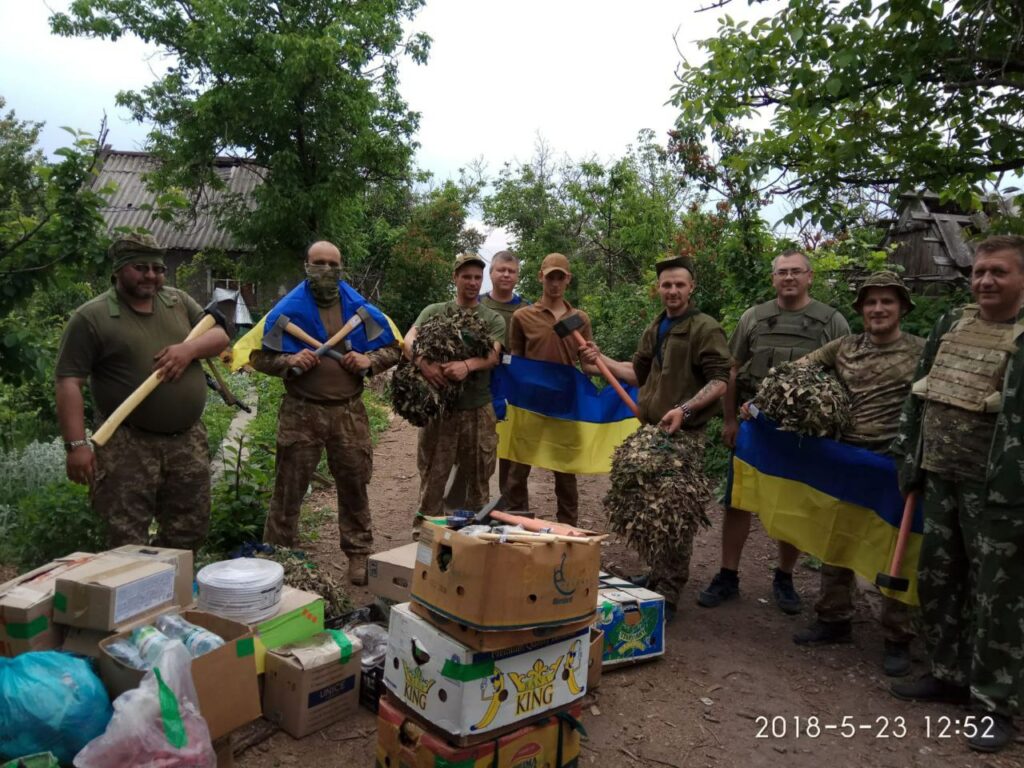Life is like a book. It can always be divided into chapters. It used to be like this: school, college, starting a career, starting a new family. Andriy Perepilka does not admit it. He prefers to break the established patterns.
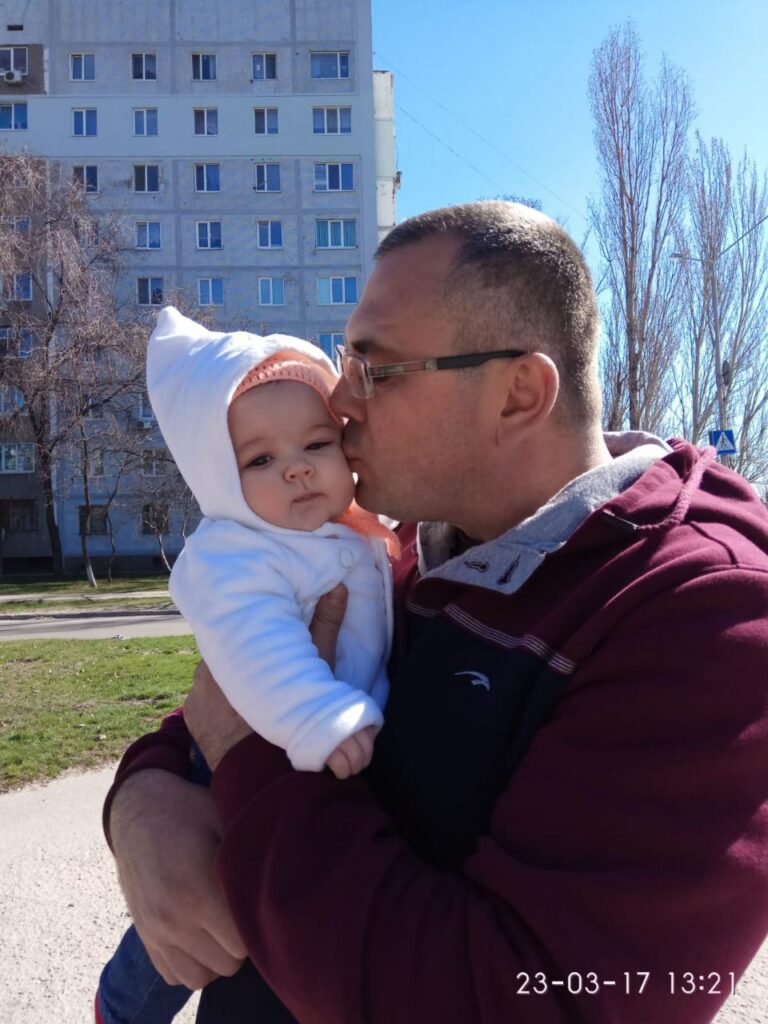
From childhood to Orange Revolution
Many people in Enerhodar know him as a volunteer and public activist. And trusts him. Even passers-by on the streets gave him money to help the Ukrainian army. Now I am abroad, his wife and children are here too. And he is somewhere near Zaporizhzhia, in a territorial defense battalion. On the one hand, we are in different worlds. On the other, there are no people more connected than soldiers and civilians of the country they defend.
At the age of 16, when his father passed away, he remained the only man in the family – with his mother, who worked as a teacher, and his younger sister. In the 1990s, it was very hard to live on a meager teacher’s salary and a survivor’s pension. They did whatever they could. He graduated from school and went to Dnipropetrovsk University of Chemical Technology to study thermal power engineering. In 2000 he returned to Enerhodar to work at Zaporizhzhia nuclear power plant.
Andriy builds a career and eventually holds the highest position in operational work at the plant – shift leader of ZNPP operational subdivision, turbine department. In 2004, when society divided into “Orange” and “pro-Yanukovych”, he supported the revolutionaries.
“I supported the Orange Revolution,” he recalls. “But I wasn’t very active – just spoke out against the Yanukovych regime. Back then, there was practically no Internet. We just met, sat, and talked…”
He says that at that time he had high hopes that the revolution would bear fruit, the country would change, but he was disappointed.
Revolution of Dignity and the beginning of the war
He remembers his father, who quit his party membership, and his grandfather, who listened to the Voice of America radio, constantly spinning the transistor wheel and catching the waves where something was hissing incessantly: “I was little and did not understand that the Americans were constantly switching to another wave so they would not be jammed.”
Those were new hopes. People understood that the Revolution of Dignity had to be brought to a conclusion. Andriy believed that that was a chance for Ukraine. But in 2014 the war broke out.
“On OK, I saw a video of Russian helicopters flying like locusts. All this is filmed by a guy from the roof of the house, the video is accompanied by the music of a Ramstein-like band, and that guy is absolutely happy, he gets a kick out of it. I understood that was definitely a war,” he recalls, adding that he foresaw those events before the revolution: “After Yanukovych fled, I felt that the rats were skulking and afraid. It was before the invasion of Crimea. I remember vacationing with my family on the peninsula. I wanted to see Russia across the Kerch Strait. I did. I took a photo and posted it on OK with an inscription “Enemy Shore”. For some reason, I could feel a threat all the time.”
Volunteering
From talking to friends, Andrew moved on to action. A public law enforcement group “People’s Defense” was formed in Enerhodar. People actively joined it; most of them were employees of the nuclear power plant. They conducted trainings, together with the National Guard and the police kept watch at the checkpoint, which appeared at the entrance to the city. They collected and delivered parcels to the front – food, helmets, bulletproof vests, and necessary equipment.
When it became clear that our soldiers lacked camouflage nets, Andriy, together with his family and like-minded people, began to make them. They learned to weave, bought materials, raised money, searched for fabric, and involved social media. Young and adult citizens of Enerhodar joined the process – they brought old bed linen and came to the People’s Defense office in the evenings to learn how to weave for the army. And at home, Andriy’s wife conjured over large pots of dyes – dyeing white in 50 shades of khaki.
The first “appearance” of Enerhodar Spiders was on January 21, 2015 during a “Protect the Defender” event on the square near our local palace of culture: volunteers organized a mass weaving of nets. In March, the NGO Association of ATO Participants and Volunteers “Peredova” was founded in Enerhodar, and soon Andriy and almost all of the Spider’s personnel became members of the organization. Their range of activities was wider: there were educational activities for young people, organization of mass events to raise funds for the army, work with entrepreneurs, as well as trips to the ATO zone. Andriy, who worked in shifts at ZNPP, tried to go to the frontline as often as possible: meetings with fighters became his “doping” for further work.
In September, Andriy, together with his wife and other Enerhodar activists, took part in the Chonhar blockade, where they also wove Enerhodar Spiders camouflage nets. And Andriy got a pseudo “Tarantul”.
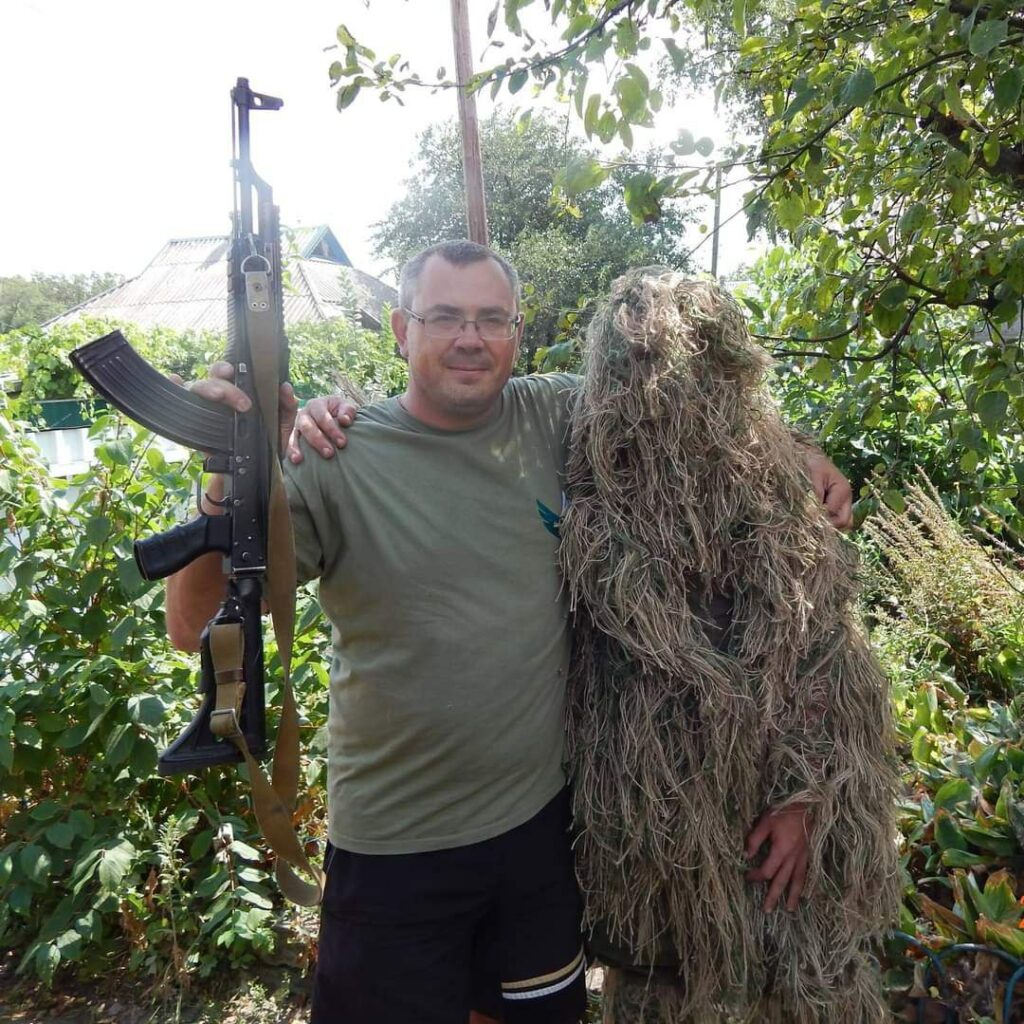
When asked why he did not join the army, Andriy has answered repeatedly – since 2014: “I am an ordinary civilian. I have health problems – a bad spine. I would create more problems in the army than benefit. That’s why I helped out as a volunteer. I was especially active in 2015-2017.”
One of Andriy’s talents is the ability to find sponsors for projects that require significant funding: the purchase of generators, repair of power lines in the “gray zone” and transport for the military. Not without his participation, the Atomprofspilka, the ZOG fuel company, big and small businesses of Enerhodar became regular sponsors of the NGO “Peredova”. Gradually, a special feature of the “Peredova” became “vegetable landing forces” – in the vegetable season, soldiers “at zero” received fresh cucumbers and tomatoes, watermelons, apples every week. What our soldiers needed, except tinned meat and porridge. Well and plus – moral support of the population.
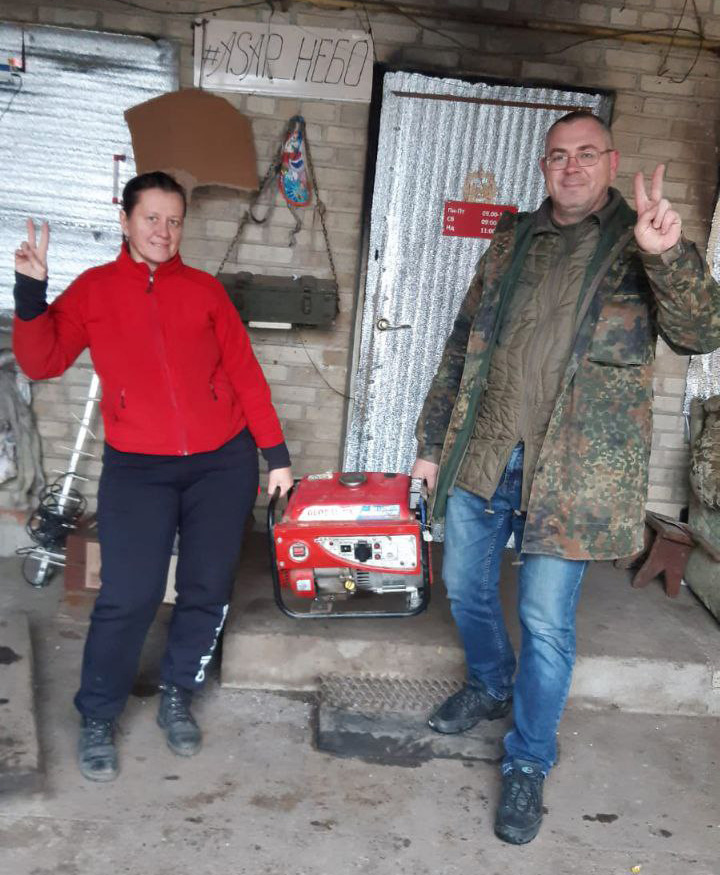
Invasion on February 24
For some reason, Andriy felt that Russia would like to take away even more territories – those on the left bank of the Dnieper: “I always expected that the war would continue – from Crimea. But it never occurred to me that Belarus would be involved and Russia would begin an all-out war against the whole of Ukraine. It did not occur to me until the information leaks from Western intelligence began to appear.”
Looking at the maps, Andriy understood that if they came from Crimea, they would not bypass Enerhodar.
“I knew that Enerhodar would not be defended for two reasons: fighting near the nuclear power plant would be too risky both to the city and Ukraine (we do not need a second Chernobyl), and geographical location. We have the Kakhovka Reservoir around and one entrance to the city. The capture of Vasylivka, Kakhovka and Melitopol will cut off supply, evacuation or retreat routes. We will have no routes, none at all. I predicted Enerhodar to be occupied on February 25.”
Although the enemies reached the approaches to Enerhodar, they did not enter the city. The locals defended Enerhodar; they went to the checkpoint with their bare hands, without a weapon. Thousands of people with Ukrainian flags did not allow the invaders to enter the city (March 1-2). However, when the ruscists received an order, they captured Enerhodar (March 3-4).
Anticipating the war, Andriy prepared his family: bought food (buckwheat, pasta, tinned meat, sugar, oil) (“I knew we could use them anyway”), stocked up on fuel, discussed and approved a plan of action, packed things. The family knew that they would not stay in the city. No way a volunteer’s wife and kids could stay in the occupied city. Evacuation options were considered – to the west of Ukraine or abroad.Eventually, on February 24, the family left the city, and he took his hunting rifle and went to the military enlistment office. They registered the volunteer and promised to call. Andriy felt uncomfortable when he was sent home: “Okay, I went to the military enlistment office with a backpack and a gun. And how shall I leave it? People may not understand me. It’s good that a friend gave me a lift.”
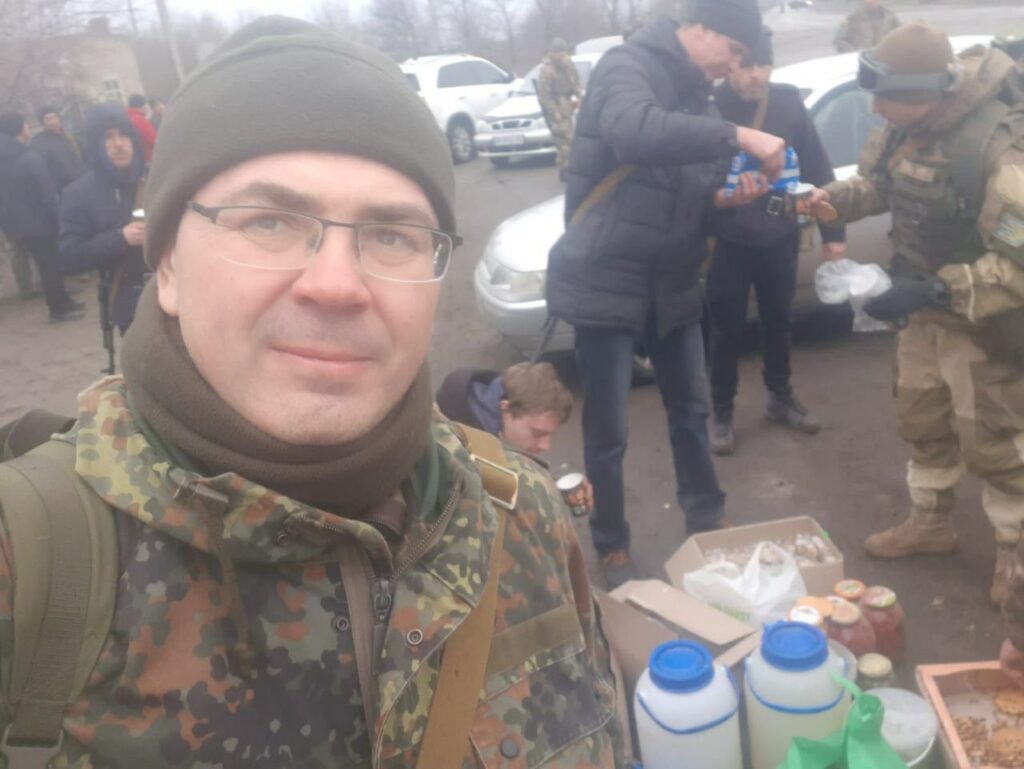
Not having received a call, he came to the military enlistment office again. He said that he would not go anywhere from there … So, when the bus arrived after a while, he went to the place of service together with other volunteers and territorial defense fighters. He was given a machine gun instead of his hunting rifle.
We return to the subject of military service. Did Andriy get rid of his health problems in 2022?He answers, “We went to the Peredova meetings dedicated to the territorial defense in Enerhodar. I had no intention of joining its ranks because it did not seem to me the place where I would like to be in case of a full-scale war. My plan was to go with my family to Zaporizhzhia, to send my family on, and then go to war. I was ready to be helpful and serve in any unit. I know that whenthe enemy islaunching missiles at everything in your country, every man is obliged to get up and come to the military enlistment office.”
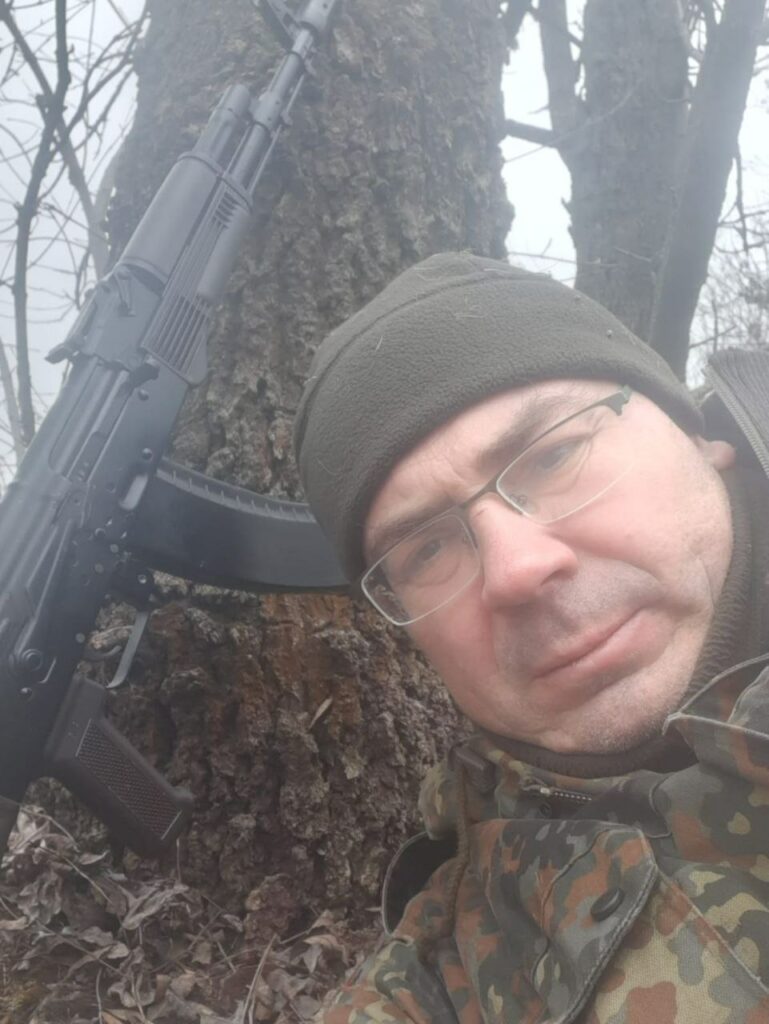
Not that his health improved; on the contrary: the situation worsened due to new circumstances – Andriy had just had surgery and went to the hospital to change the bandage. But – “I didn’t plan to wake up in occupation, so there was simply no other option.”
However, he had plans to join the Armed Forces, because before the war it seemed to Andriy that the functions of the territorial defense battalions were limited to the protection of bridges and checkpoints. “But practice has shown that we do protect bridges but trenches on the front lines are ours too.”
After Andriy joined the territorial defense, he understood its pros and cons. Among the pros is that local people serve in territorial defense forces. They know their local area well, which makes things easier for us and harder for the enemy.
“This is a huge advantage – we are fighting on the land that we know well: the woods, deep ditches, narrow roads. Among the cons is the fact that they did not have time to arm the Enerhodar territorial defense forces. The fighters were given machine guns; there were almost no other weapons.”
From a volunteer to a serviceman
Andriy felt the difference in status when he arrived at Vasylivka. Food supply was not well organized yet, so the fighters ate what they had brought with them. But not everyone had sack lunches – some did not have time to pick up their lunches, and some, like Andriy, simply could not eat in the first days. Volunteers took it upon themselves to feed the fighters. Andriy found himself in the shoes of those whom he had previously helped himself: “My first war photo. Me as a soldier with volunteers. Knowing what it’s like to be a volunteer, I see that sometimes the military are asking too much. And I say that we cannot ask for everything. It was difficult in the first half of March. We lacked a lot, and a lot of things were lost when we changed our locations. Then we had to ask.”
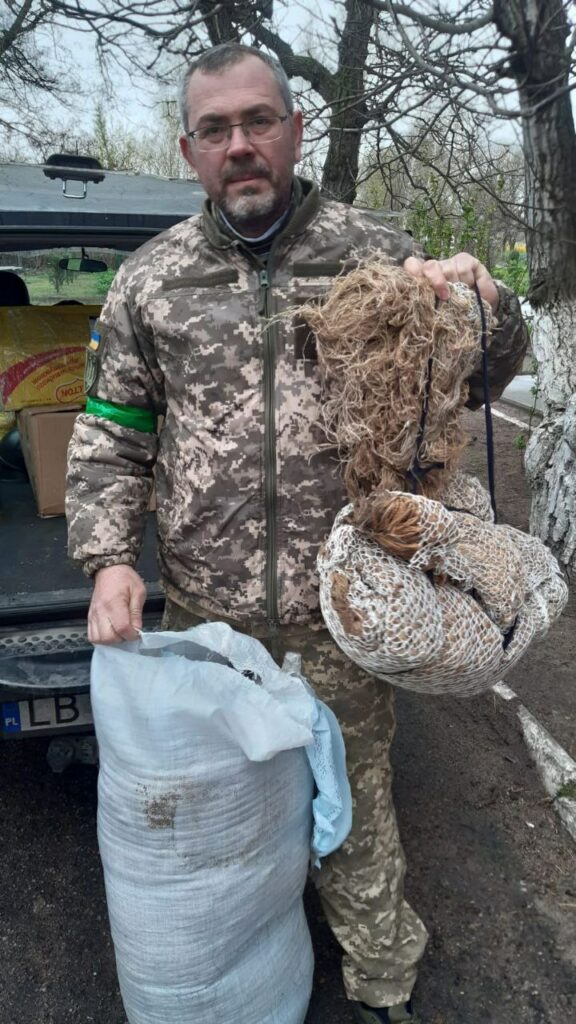
Andriy uses his volunteer experience in the army. He is well aware of what volunteers need to help the army effectively – information, a competent request from a commander, capacity to report back to sponsors and patrons. Besides, he has a lot of personal ties, and the NGO “Peredova” continues to work, outside the occupied Enerhodar, though. They keep weaving camouflage nets, sewing flags and other necessary things. Male members of the NGO “Peredova” have joined the territorial defense ranks.
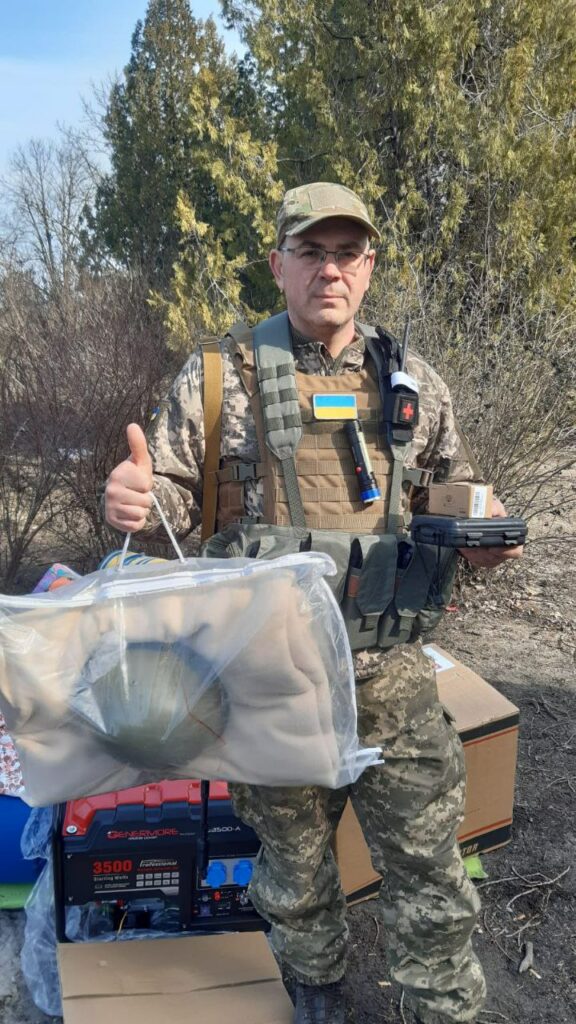
Andriy is constantly in touch with Enerhodar Mayor Dmytro Orlov. He also helps to cover some of the Enerhodar territorial defense fighters’ demands, shares his “volunteer tricks” with new volunteers, as well as uses every opportunity for fund-raising.
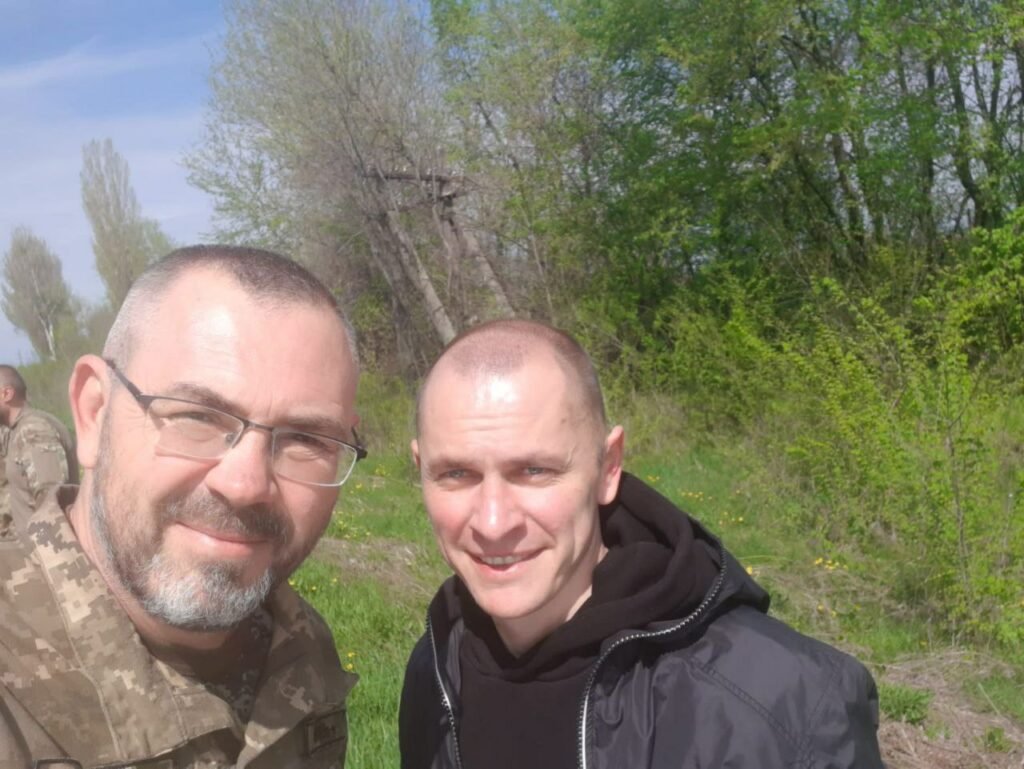
I was able to see that firsthand at the end of our meeting. He showed me a letter, looked at me, and I understood everything:
Bank details to help NGO PEREDOVA
Recipient code: 39795600
Account number: UA803133990000026000055727632
Card: 4731219645180633
Name: Vadym Kominko
PayPal: [email protected]
Please check the name of the funds recipient, because there have been cases of fraudsters stealing texts, changing card numbers and receiving easy money!
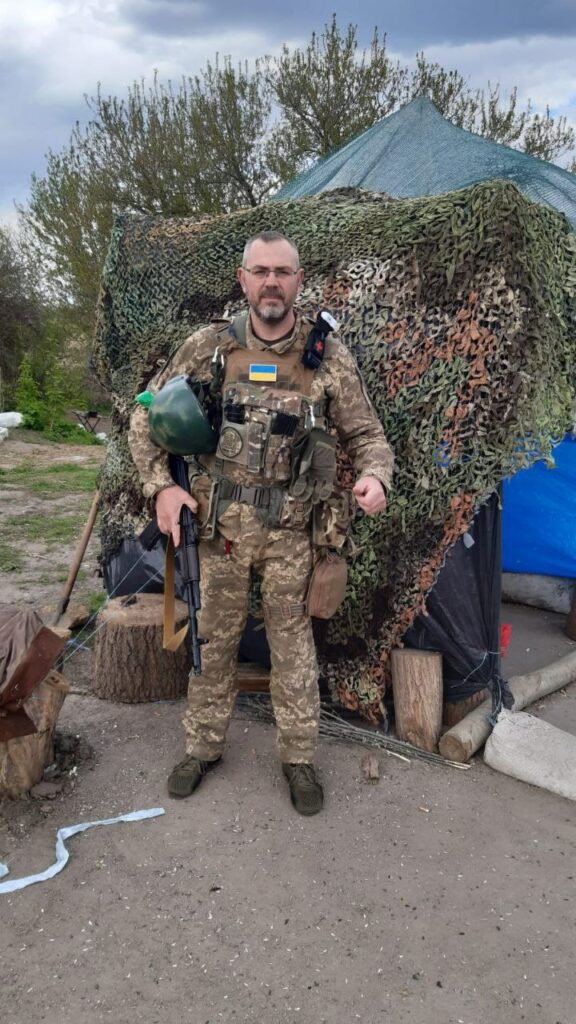
Kateryna Statsenko, Enerhodar, Zaporizhzhia region
31.05.2022
The material was created under the joint project of Ukraine Crisis Media Center and the Estonian Center for International Development with the financial support of the US Embassy in Kyiv and the Ministry of Foreign Affairs of Estonia.


